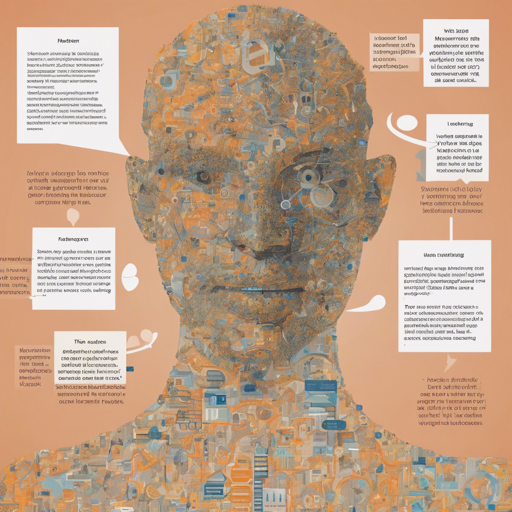Sentence-transformers are powerful tools used to map sentences and paragraphs to dense vector spaces, which makes them ideal for tasks like clustering and semantic search. In this guide, we will explore how to use the sentence-transformers library, specifically using the roberta-large-nli-mean-tokens model, while also discussing some aspects to be cautious about.
Understanding the Model and Its Limitations
The roberta-large-nli-mean-tokens model maps sentences to a 1024-dimensional space. However, it’s important to note that this particular model is deprecated and produces low-quality sentence embeddings. For better alternatives, you can refer to the recommended sentence embedding models.
Getting Started with Sentence-Transformers
Installation
To begin using sentence-transformers, you’ll need to install the library. Run the following command in your terminal:
pip install -U sentence-transformersUsing the Model
Once installed, you can utilize the sentence-transformers model with minimal effort. Below is how you can do this:
from sentence_transformers import SentenceTransformer
sentences = ["This is an example sentence", "Each sentence is converted"]
model = SentenceTransformer('sentence-transformersroberta-large-nli-mean-tokens')
embeddings = model.encode(sentences)
print(embeddings)Analogy: Understanding Sentence Embeddings
Think of sentence embeddings like a library of books where each book (sentence) has a unique code (vector). The dimensional space (such as 1024 dimensions) resembles shelves in a library designed to optimize the storage and retrieval of books. Just as a good library enables you to find relevant books easily, effective sentence embeddings help in determining the similarity and semantics between different sentences.
Using HuggingFace Transformers
If you prefer to use HuggingFace Transformers, the setup is slightly different, but still user-friendly. Here’s how you can do it:
from transformers import AutoTokenizer, AutoModel
import torch
# Mean Pooling Function
def mean_pooling(model_output, attention_mask):
token_embeddings = model_output[0]
input_mask_expanded = attention_mask.unsqueeze(-1).expand(token_embeddings.size()).float()
return torch.sum(token_embeddings * input_mask_expanded, 1) / torch.clamp(input_mask_expanded.sum(1), min=1e-9)
# Sentences for embedding
sentences = ["This is an example sentence", "Each sentence is converted"]
# Load model from HuggingFace
tokenizer = AutoTokenizer.from_pretrained('sentence-transformersroberta-large-nli-mean-tokens')
model = AutoModel.from_pretrained('sentence-transformersroberta-large-nli-mean-tokens')
# Tokenize
encoded_input = tokenizer(sentences, padding=True, truncation=True, return_tensors='pt')
# Compute token embeddings
with torch.no_grad():
model_output = model(**encoded_input)
# Perform mean pooling
sentence_embeddings = mean_pooling(model_output, encoded_input['attention_mask'])
print("Sentence embeddings:")
print(sentence_embeddings)Troubleshooting Tips
If you encounter any issues while using the sentence-transformers library or HuggingFace Transformers, consider the following troubleshooting steps:
- Ensure that your Python environment is correctly set up and compatible with installed packages.
- If you’re facing errors related to model loading or tokenization, verify the model name and paths.
- Check the versions of
torchandtransformers– you might need to update to the latest ones. - Refer to the documentation for any deprecated functions or methods you might be using.
For more insights, updates, or to collaborate on AI development projects, stay connected with fxis.ai.
Conclusion
Using sentence-transformers can enhance your natural language processing tasks significantly. However, it’s vital to choose the right model to ensure quality outcomes. At fxis.ai, we believe that such advancements are crucial for the future of AI, as they enable more comprehensive and effective solutions. Our team is continually exploring new methodologies to push the envelope in artificial intelligence, ensuring that our clients benefit from the latest technological innovations.

